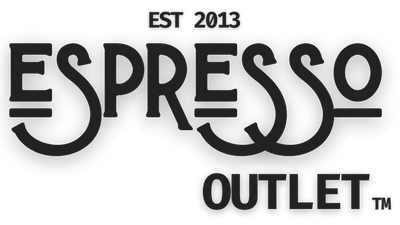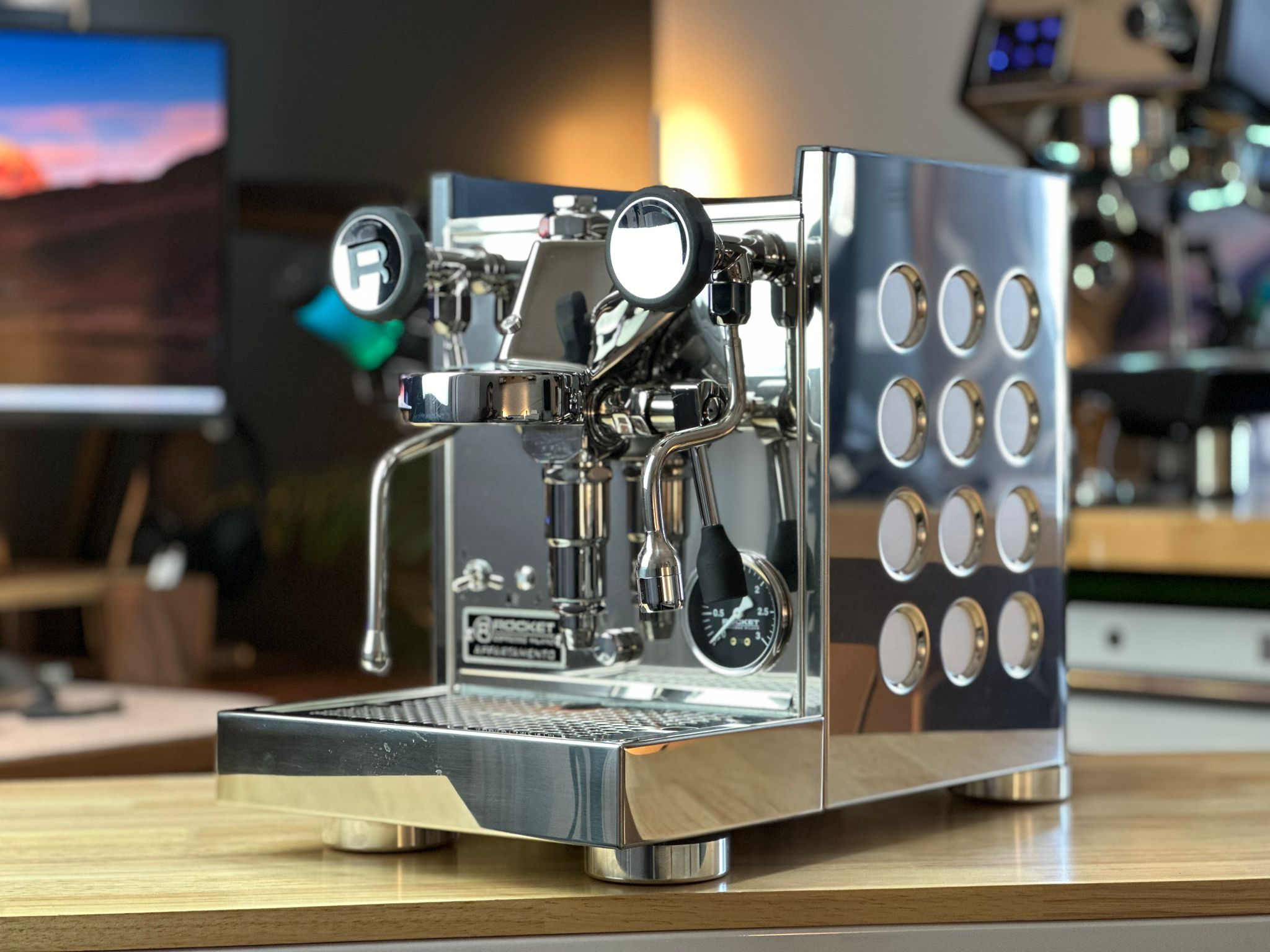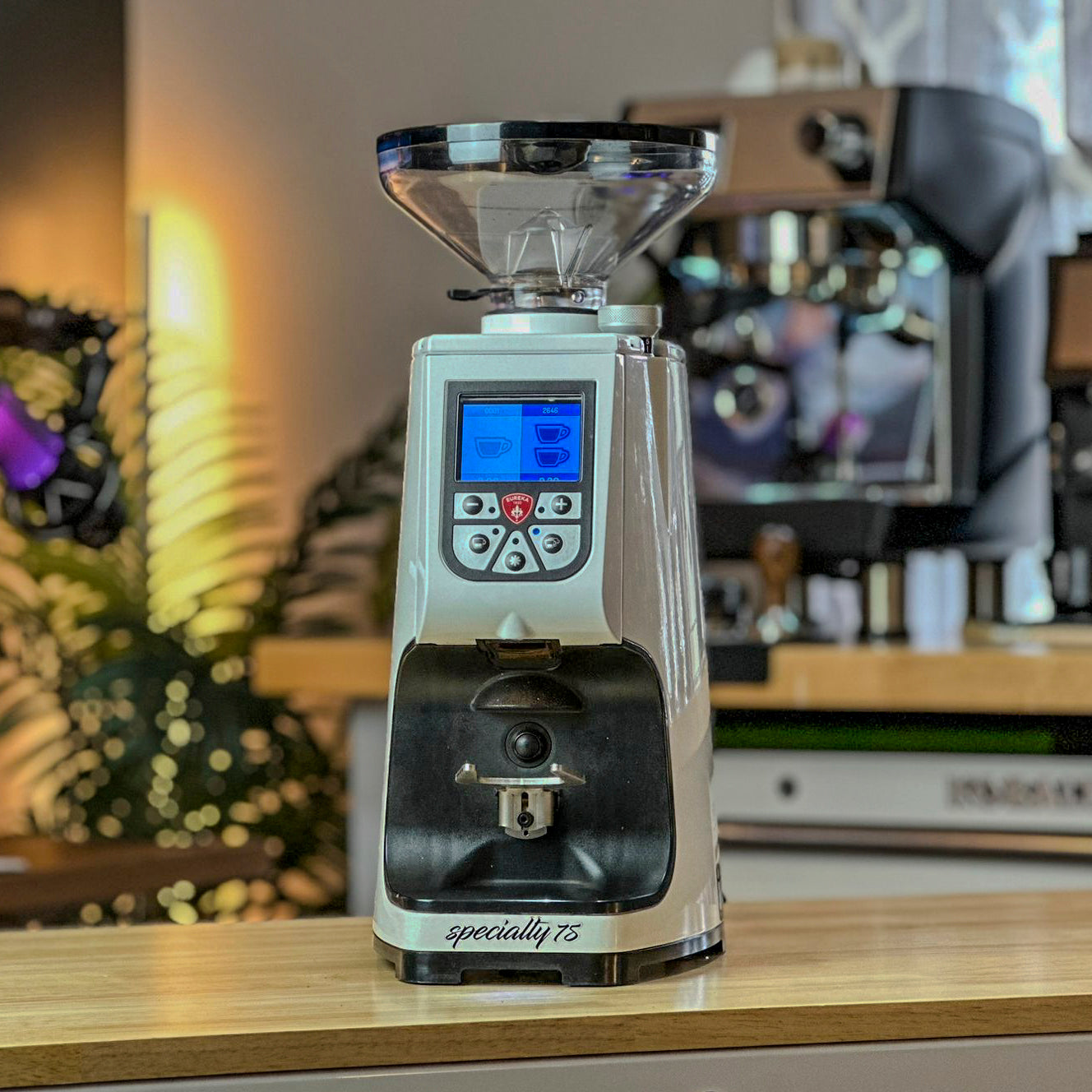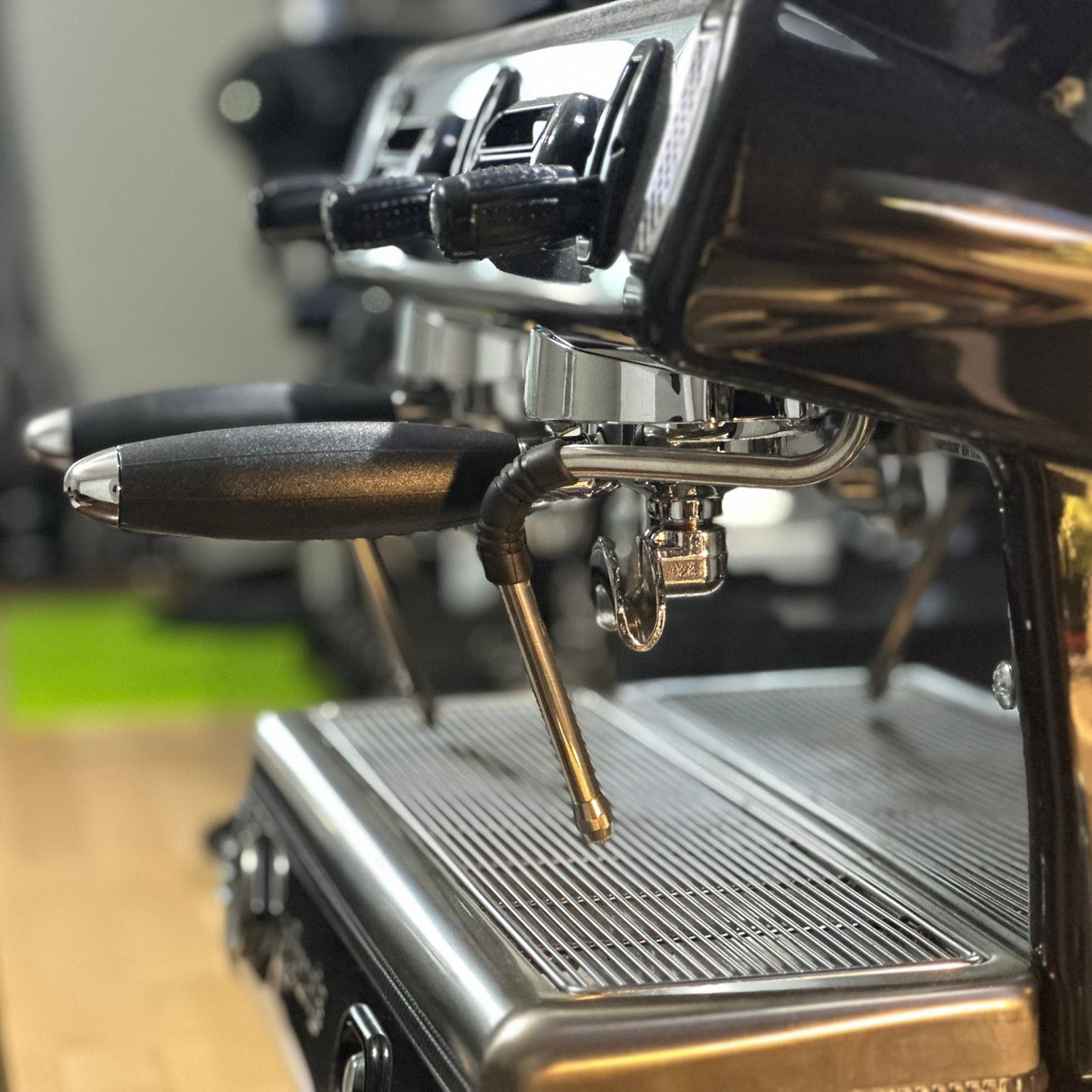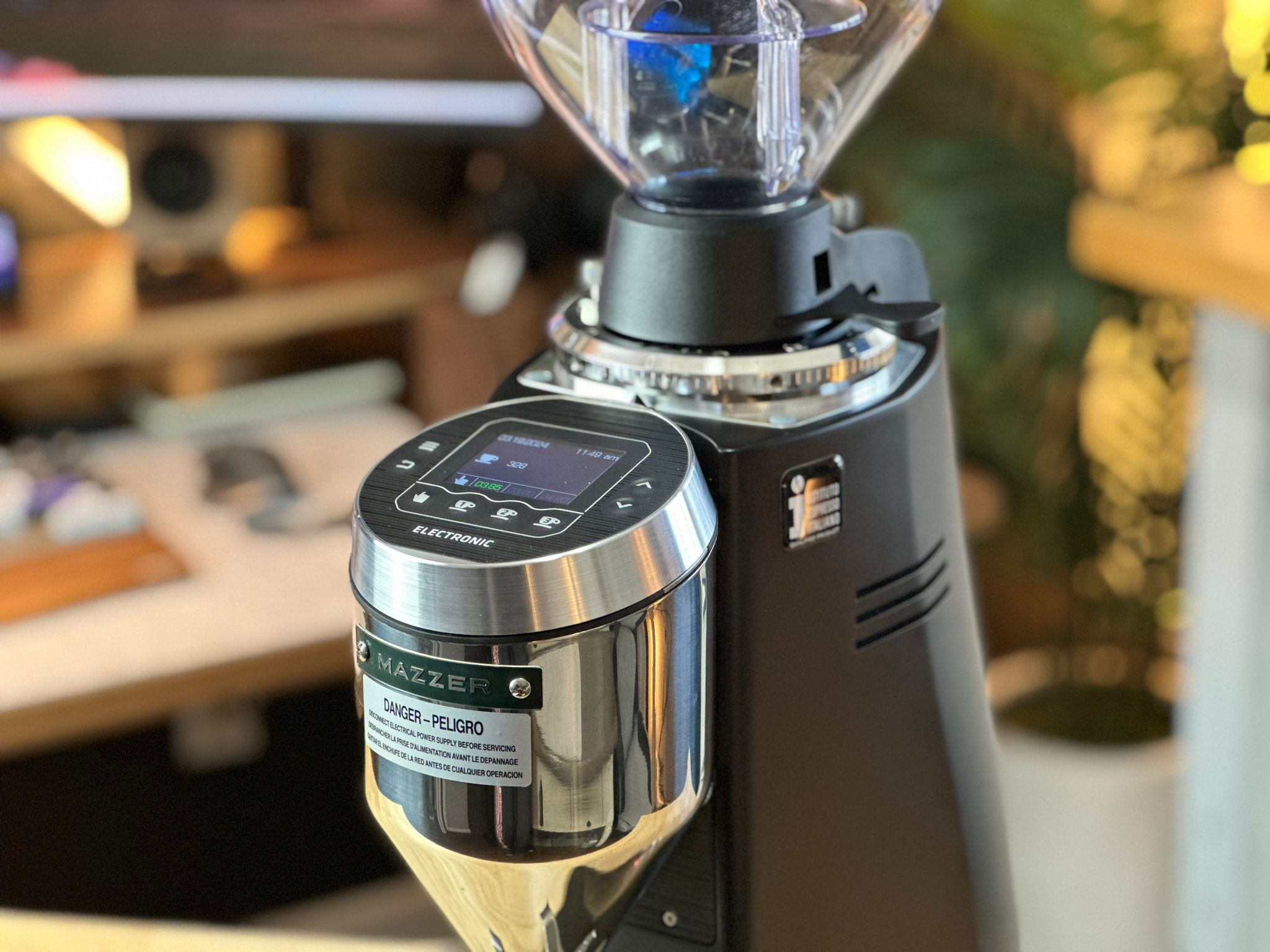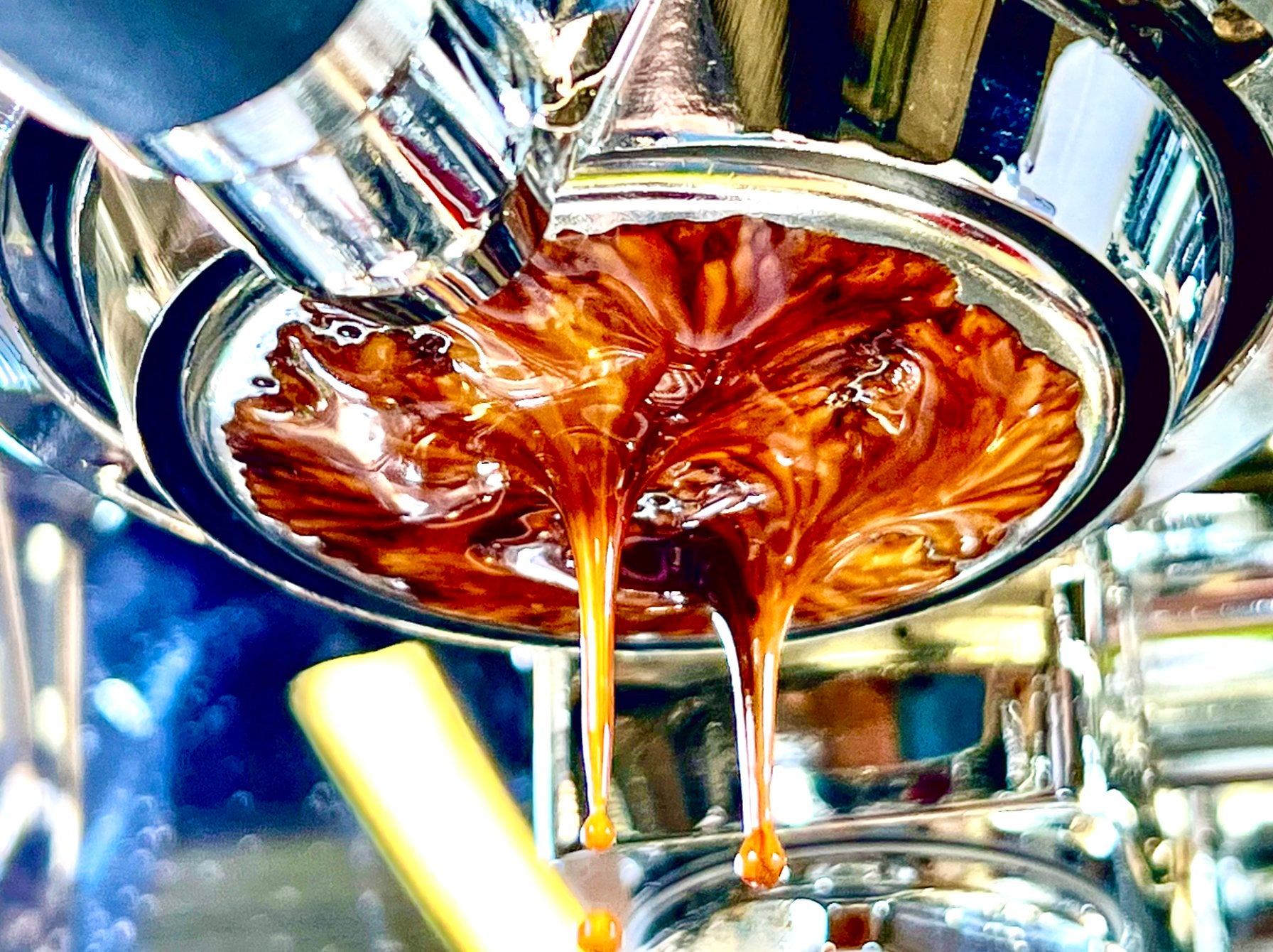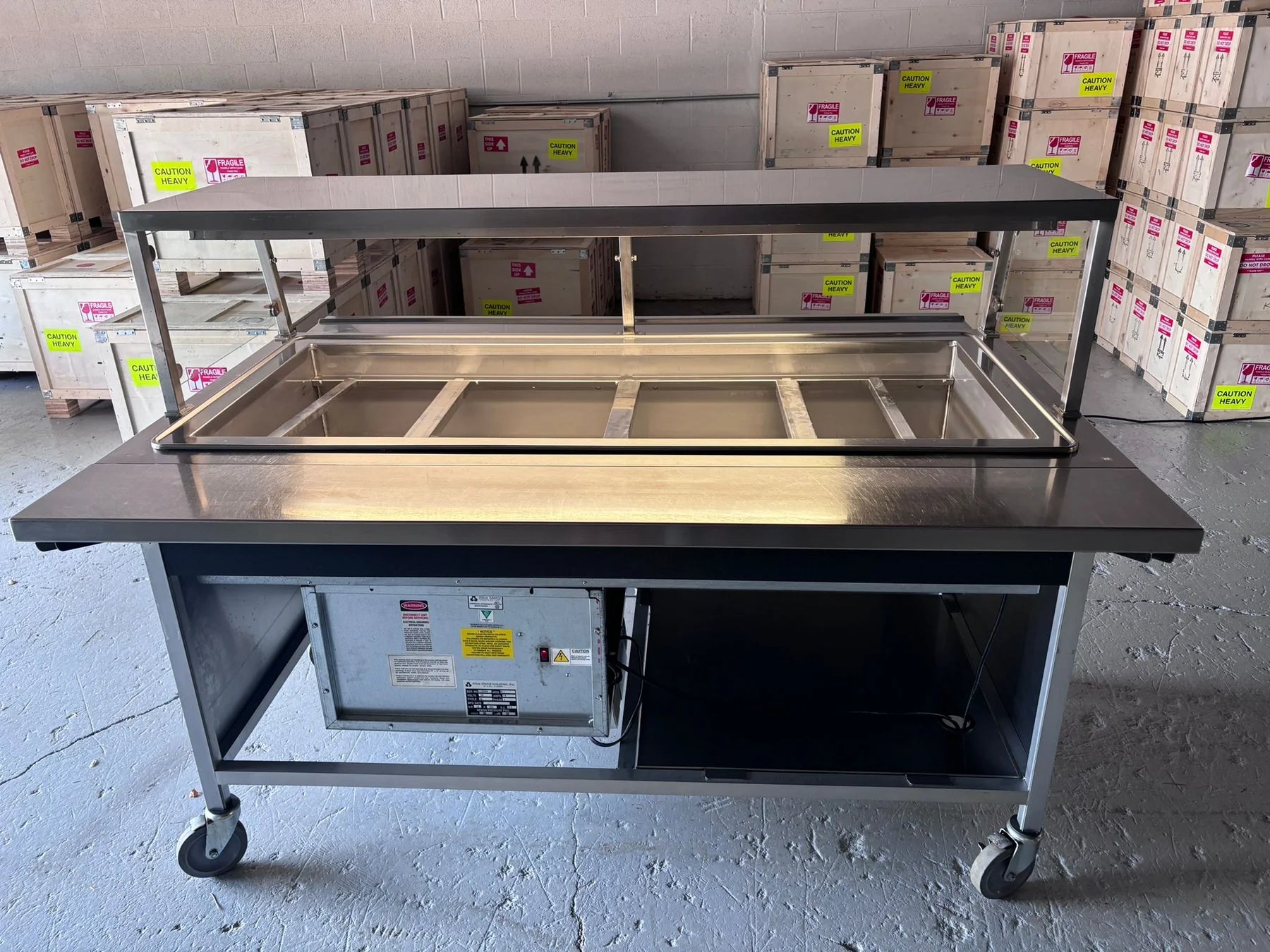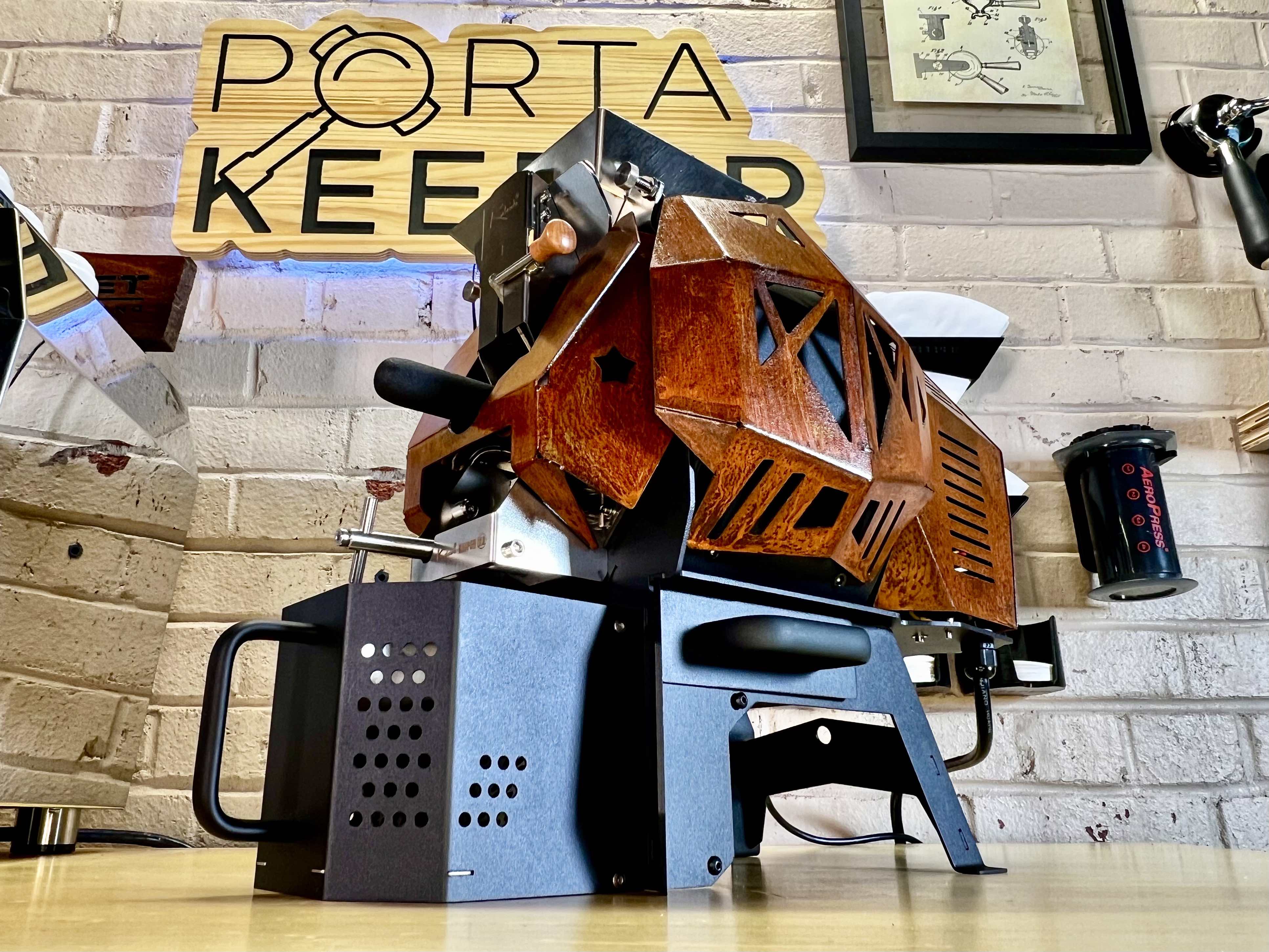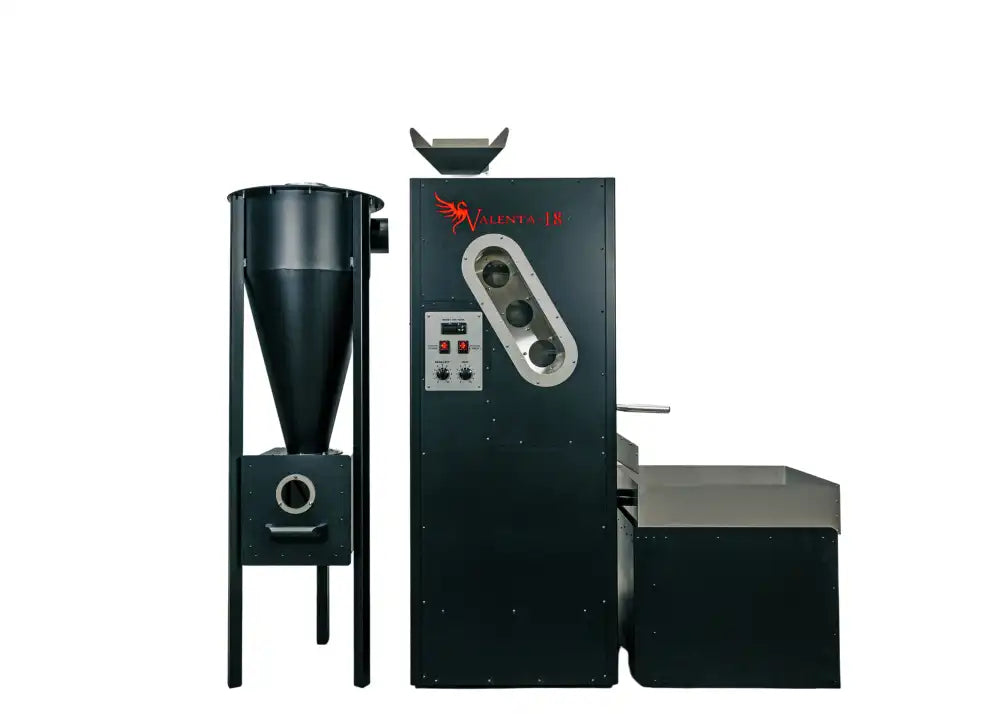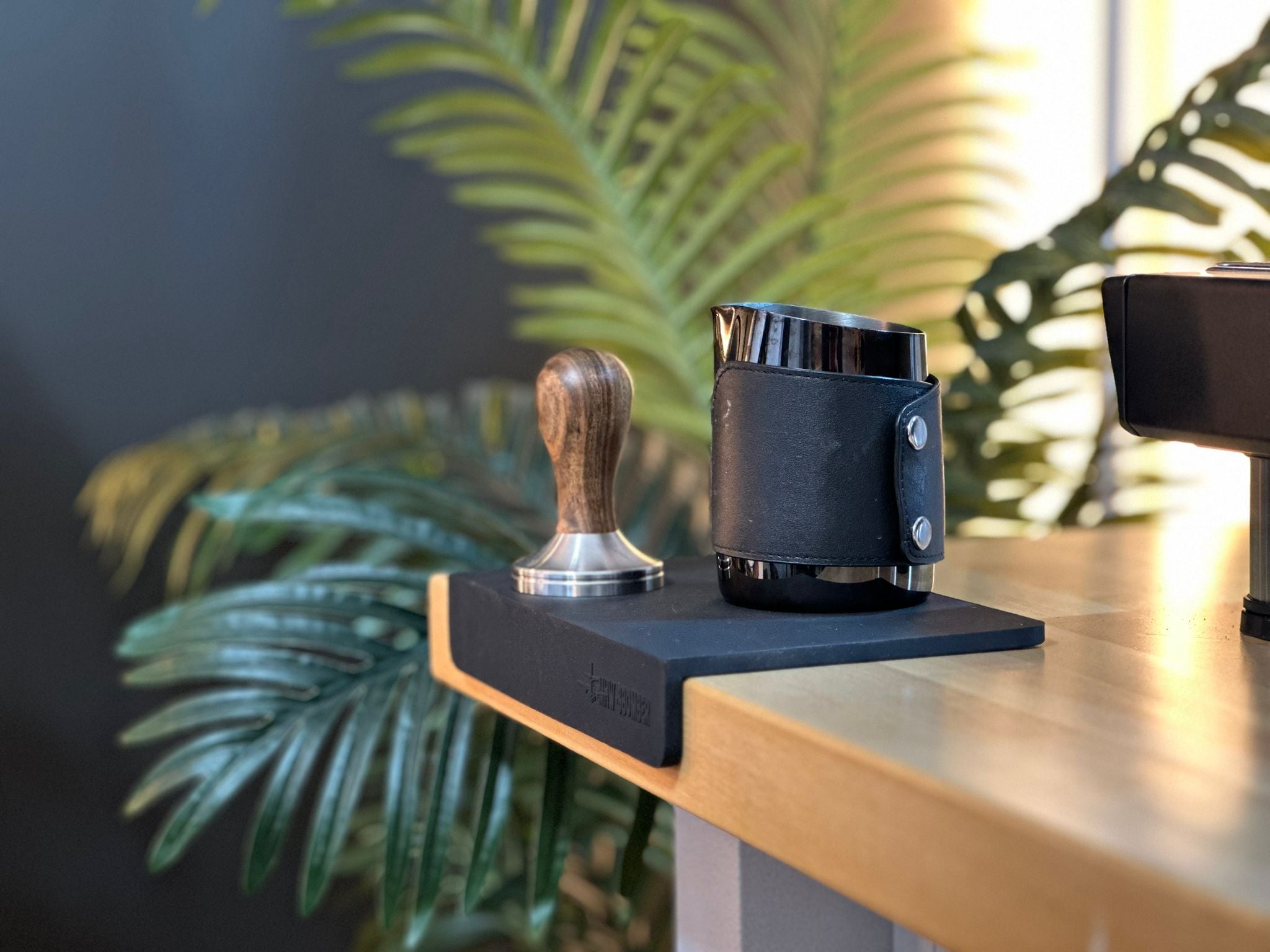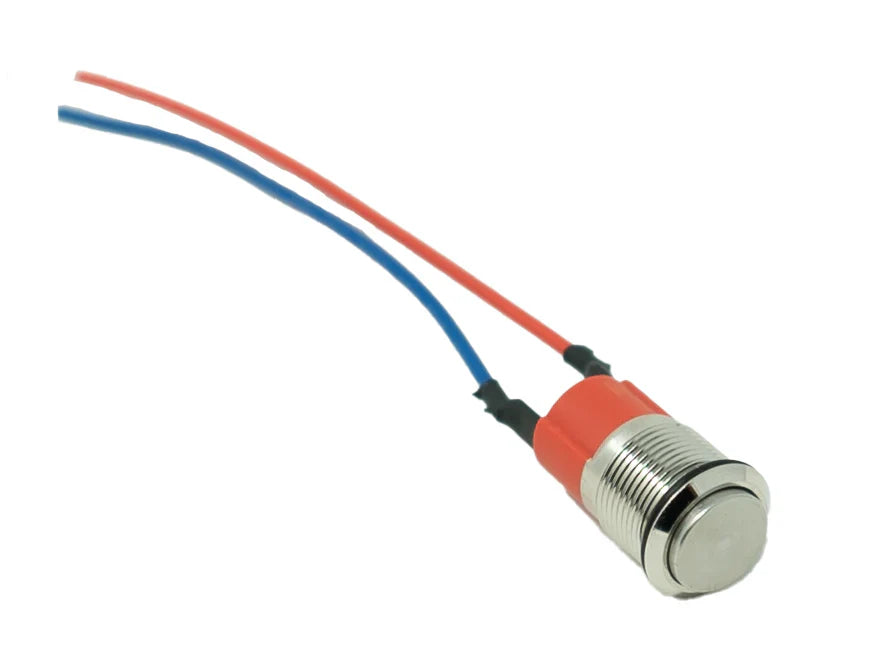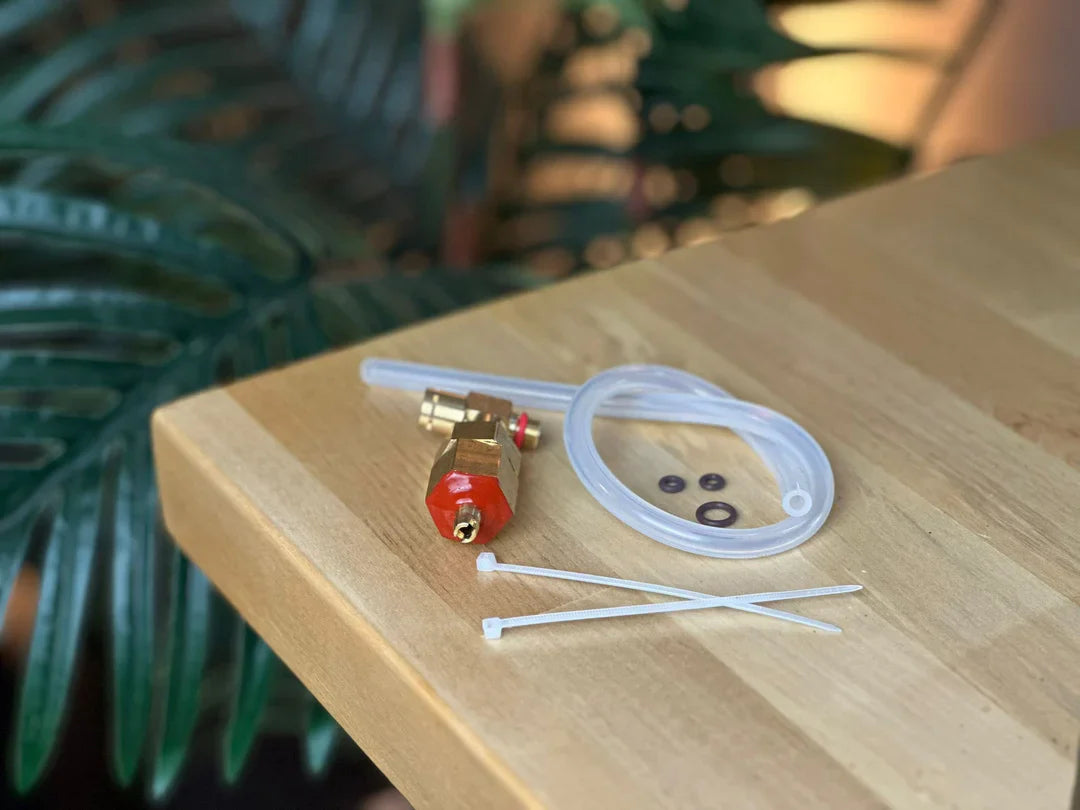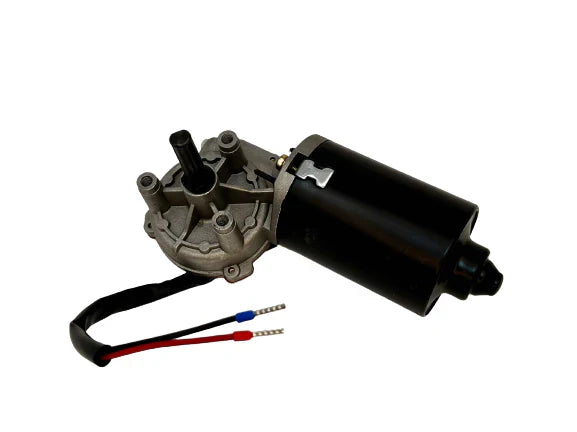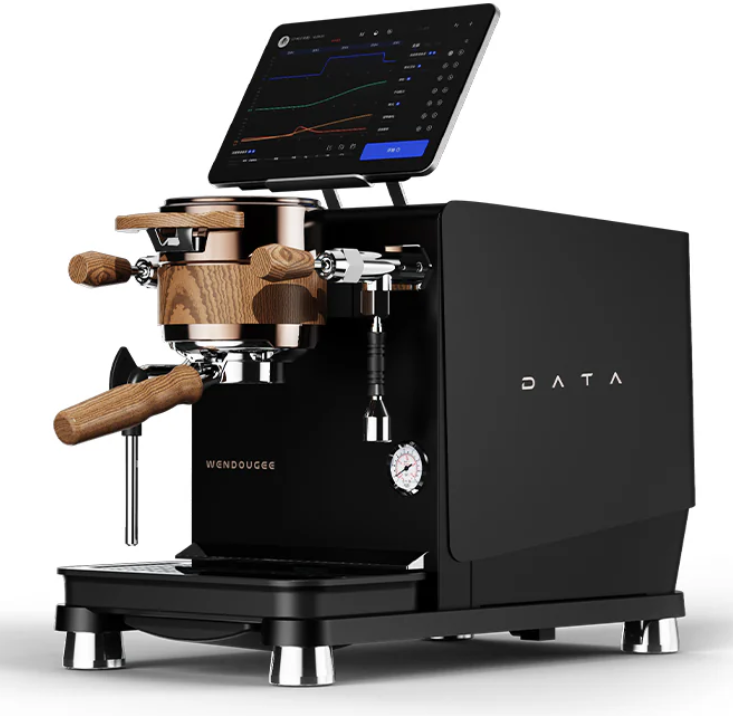The Ultimate AeroPress Technique: Mastering the Art of Coffee Brewing
The AeroPress has become one of the most popular coffee brewing devices worldwide due to its versatility, portability, and ability to brew a clean, rich cup of coffee in just a few minutes. It’s beloved by coffee professionals and enthusiasts alike for how much control it provides over the brewing process. In this article, we’ll break down what we believe is the ultimate AeroPress technique, offering a step-by-step guide, tips, and insights into how to make the perfect cup of coffee using this ingenious device.
Why AeroPress?
The AeroPress, invented by Alan Adler in 2005, has gained a massive following for its:
- Simplicity: Easy to use and clean.
- Versatility: Can brew espresso-like shots, long drinks, cold brew, and more.
- Portability: Lightweight and compact, perfect for travel.
But while the device is straightforward, the technique behind it can vary greatly depending on your desired outcome. Coffee brewing is a science, and the AeroPress gives you the tools to experiment with various factors like grind size, brew time, water temperature, and pressure.
Understanding the Variables
Before we get into the ultimate AeroPress technique, it’s essential to understand the factors that influence your coffee’s flavor:
- Grind Size: Affects extraction and flavor. Finer grinds extract faster, while coarser grinds extract slower.
- Water Temperature: The ideal temperature for coffee brewing is between 195°F and 205°F (90°C to 96°C). Lower temperatures can highlight acidity, while higher temperatures emphasize bitterness.
- Brew Time: Determines how long the coffee grounds are in contact with water. Shorter times usually lead to less extraction (more acidic flavors), and longer times lead to fuller extraction (more bitterness).
- Agitation: Stirring or swirling helps distribute water evenly and improves extraction.
- Pressure: How hard you press influences extraction speed and intensity. More pressure can lead to more concentrated brews.
With these in mind, let's explore a detailed brewing technique that combines the best practices of various AeroPress methods.
The Ultimate AeroPress Technique
What You’ll Need:
- AeroPress (with a filter cap and plunger)
- AeroPress paper filter (or metal filter, depending on preference)
- Coffee scale
- Burr grinder
- Hot water (195°F-205°F / 90°C-96°C)
- Freshly roasted coffee beans
- Timer
- Spoon or stir stick
- Kettle (preferably one with a gooseneck for better control)
Coffee to Water Ratio:
We recommend starting with a 1:15 coffee to water ratio for a balanced brew:
- 16 grams of coffee (medium grind)
- 240 grams of water
Step 1: Prep the Equipment
- Heat Water: Start by heating your water to 195°F-205°F (90°C-96°C). Using a thermometer or a kettle with a temperature control function will ensure precision.
- Rinse the Filter: Place a paper filter in the AeroPress filter cap and rinse it with hot water. This removes any paper flavor from the filter and preheats the brewing chamber, which can help maintain a stable brewing temperature.
Step 2: Grind the Coffee
For the ultimate AeroPress brew, use freshly ground coffee. A medium-fine grind works best, with a consistency similar to table salt. The grind size can vary depending on your taste preference—finer grinds for more intensity, and coarser grinds for a smoother, less concentrated brew.
A burr grinder is ideal because it ensures uniform grind size, which is essential for even extraction.
Step 3: Set Up the AeroPress (Inverted Method)
While there are multiple ways to brew with an AeroPress, the inverted method is often regarded as the best for control. This method ensures that the coffee grounds are fully immersed in water throughout the brew time, reducing the risk of premature dripping.
- Attach the plunger to the AeroPress and place it upside down on your countertop, with the open end facing up.
- Add the freshly ground coffee into the chamber.
Step 4: Pour and Bloom
Start your timer and pour 50 grams of water (just off the boil) into the AeroPress, making sure all the grounds are saturated. This first pour allows the coffee to bloom, releasing trapped gases like CO₂ and enhancing flavor.
- Stir gently after pouring to ensure that all the grounds are wet.
- Let the coffee bloom for 30 seconds. This step is crucial for fresh coffee beans, as it allows for better extraction.
Step 5: Full Pour and Stir
After the bloom, pour the remaining 190 grams of water into the AeroPress, making sure to fill it up to the top.
- Stir the coffee and water mixture again for about 10-15 seconds to promote even extraction.
Step 6: Steep Time
Allow the coffee to steep for 1 to 1.5 minutes after the stirring. During this time, the hot water will extract the flavorful compounds from the coffee grounds. The key is to strike a balance between time and grind size to avoid over-extraction (bitterness) or under-extraction (sourness).
Step 7: Attach the Filter Cap
Carefully screw the filter cap (with the rinsed filter) onto the AeroPress chamber.
Step 8: Flip and Press
Once your timer hits 1:30 to 2:00 minutes (including the bloom time), it’s time to flip the AeroPress. Place your cup or carafe on top of the AeroPress, then swiftly flip the AeroPress over so that it rests on the cup.
Press gently, applying steady, even pressure. The pressing should take around 30-45 seconds. If the resistance feels too strong, you might need to adjust your grind size next time to be coarser.
Step 9: Enjoy!
Once the plunger reaches the bottom and you hear the hiss of air, you’re done! Pour the coffee into a mug, and you’ll have a beautifully brewed, balanced cup of coffee.
Tips for Refining the Ultimate AeroPress Technique
1. Adjusting for Taste Preferences
- Stronger Coffee: If you prefer a stronger cup, increase the coffee-to-water ratio to 1:13 or 1:12, or extend the steep time slightly.
- Smoother Coffee: For a smoother, lighter brew, try a 1:16 or 1:17 ratio and reduce the steep time by 10-15 seconds.
2. Experiment with Grind Size
The grind size plays a significant role in extraction. For a richer brew, go slightly finer. If your coffee tastes too bitter, adjust to a coarser grind to reduce over-extraction.
3. Water Temperature
Water temperature is often overlooked but is crucial for extracting the right flavors. Try adjusting within the range of 195°F-205°F depending on the roast of your coffee. Lighter roasts benefit from hotter water (around 205°F), while darker roasts shine with slightly cooler water (195°F).
4. Stirring and Agitation
Some baristas avoid excessive stirring to prevent over-extraction, while others stir multiple times to ensure even saturation. You can experiment with stirring once at the beginning vs. midway through the brewing process to see which yields the best results for your taste.
5. Different Filters
- Paper Filters: These remove more oils and fine particles, producing a cleaner, brighter cup.
- Metal Filters: Allow more oils and fine grounds through, resulting in a fuller-bodied cup with more pronounced flavors.
The Science Behind AeroPress Brewing
The AeroPress combines elements of both immersion brewing (like a French press) and pressure extraction (like an espresso machine), which is why it offers such a unique flavor profile. The high surface area of fine coffee particles allows for fast extraction, while the steep time ensures enough contact time with the water to pull out the complex flavors.
Research on coffee extraction reveals that total dissolved solids (TDS) and extraction yield are key metrics for brewing. The AeroPress’s pressure-based brewing often leads to a higher extraction yield, pulling out more flavorful compounds in a shorter time .
Conclusion
The AeroPress is an incredibly versatile tool that, when mastered, can produce coffee to rival more complex brewing systems. The technique outlined above offers a well-rounded approach to extracting rich flavors while maintaining the smoothness and clarity AeroPress is known for. By tweaking variables like grind size, steep time, and water temperature, you can adjust the technique to suit your personal taste and create the ultimate AeroPress coffee experience.
